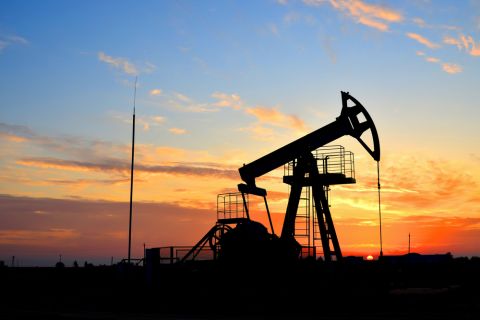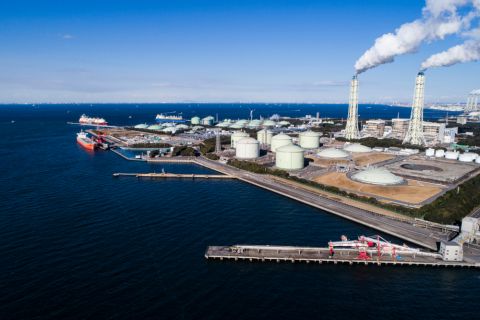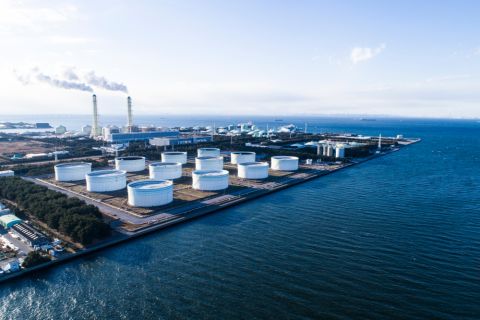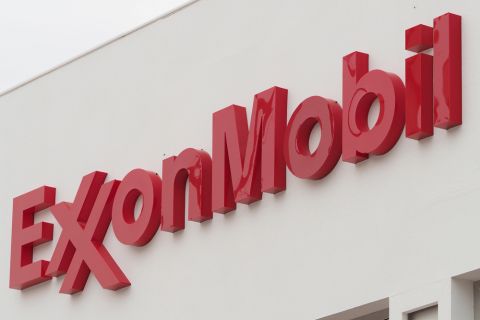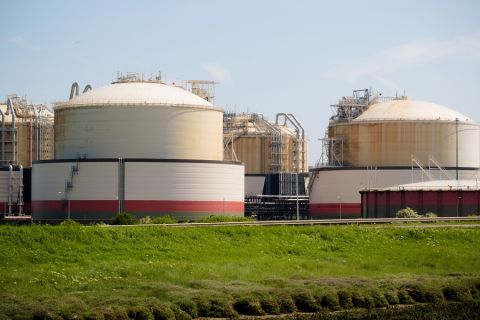Presented by:

This article appears in the E&P newsletter. Subscribe to the E&P newsletter here.
Managing methane emissions is not a task that can be thrown together on a whim. It requires careful planning, responsibly spent funds and a team dedicated to sustainability. While some operators are tackling the problem of methane emissions head on, many are turning to service providers for guidance and new technology to help them devise a plan of action that best suits their needs and goals.
During SPE's recent "Service Providers' Perspectives on Methane Emissions Management" webinar, Neil Flemming, managing director with Asset Integrity Engineering (AIE), and Drew Pomerantz, energy transition technology adviser with Schlumberger, shared their thoughts on how operators can manage their methane emissions as well as raise their standing in the eyes of the public.
Toll of public opinion
An adamant champion for industry safety, Flemming believes the oil and gas sector has matured from prioritizing “personal safety, not process safety” to a healthier balance of personal and process safety. However, in the public’s eye, it has evolved from being villainized for being unsafe to being villainized for being unclean.

Asset Integrity Engineering
(Source: SPE)
“If you think of public opinion now, we’re not now seen as unsafe in the industry, but we’re seen as a major polluter,” Flemming said. “This has been questioned, so we don’t have people now wanting to join our industry like we did before. We looked on with a negative vibe in some of these areas, and we now need to recognize that we need to reform the way that this issue is managed.
“We need to invest in it, and we need to operationalize it. This needs to be part of the way we operate our business.”
To prove to governments, other organizations and, arguably most importantly, the public that operators are doing their part to manage methane emissions, a good place to start is to outline their steps toward emissions abatement before putting them into action, according to Pomerantz. The best way to do this, he said, was to define the issue and set concrete goals; attack the easy plans—the “low-hanging fruit”—first, such as identifying and tackling the largest greenhouse-gas emitters, and use the data learned in the process to proceed with reducing other harmful emissions and operating sustainably.
“The industry needs to think about sustainability the same way we think about safety now,” Pomerantz said. “This has to become part of our culture. We have to realize that nothing we do today or this year can say ‘OK, we’ve solved the sustainability problem.’
“We have to think of this as a loop: we define the problem, we go after the low-hanging fruit and then we dig into the details. But then we go and we update it again. We come up with new goals, we find what the new low-hanging fruit are and we go from there.”
So how does the industry succeed?
“As an industry, we’ve spent years understanding that unless we really understand the problem we’re trying to manage and we don’t understand the long-term management of that problem, then we fail,” Flemming said. “In my opinion, the best thing we need to do is to understand the problem first, so we need to know what our main emission sources are. We need to try and quantify them, and then once we’ve understood those, we need to put a systematic plan in place.”
Measure or mitigate?

Schlumberger
(Source: SPE)
Although the broad idea of Pomerantz’s plan could work across the world, the distinguishable details for each company will vary based on location and individual business plans.
“[Having] worked in the industry in different places for a number of years, everywhere operates differently,” said Flemming, who is based in southwest Asia. “We might have similar objectives, but they all work in different ways. Some practices or regulations are effective in one region, and other regions that there’s very little.”
When it comes to allocating funds toward sustainability projects, Pomerantz recommended operators first invest their money in plans to target the largest emitters. However, he warns operators to be mindful that the journey to sustainability is a long-distance race, not something that will be solved or go away in a few years.
“This is the beginning, or for some operators the middle of, the sustainable journey,” Pomerantz said. “That funding ought to be spent to set up operators for the best success in the future, knowing that this is the new culture. This is the new way of doing business for our industry.”
Recommended Reading
What's Affecting Oil Prices This Week? (Jan. 29, 2024)
2024-01-29 - For the upcoming week, Stratas Advisors forecast that increase in oil prices will be moderated likely due to the U.S. being cautious in response to the recent attack on U.S. troops.
Freeport LNG Down One Train After Texas Freeze
2024-01-29 - Freeport LNG’s 15 mtpa three-train export facility on the Texas Gulf Coast will be without its Train 3 for at least one month, due to an electrical issue during the recent Texas freeze.
Tellurian Head Counters Rumors, Says Company is Focused on ‘Commercial Matters’
2024-01-29 - LNG development firm Tellurian is disputing rumors that the company is looking to sell following its hire of financial advisory firm Lazard.
Exxon’s Payara Hits 220,000 bbl/d Ceiling in Just Three Months
2024-02-05 - ExxonMobil Corp.’s third development offshore Guyana in the Stabroek Block — the Payara project— reached its nameplate production capacity of 220,000 bbl/d in January 2024, less than three months after commencing production and ahead of schedule.
Venture Global, Grain LNG Ink Deal to Provide LNG to UK
2024-02-05 - Under the agreement, Venture Global will have the ability to access 3 million tonnes per annum of LNG storage and regasification capacity at the Isle of Grain LNG terminal.

